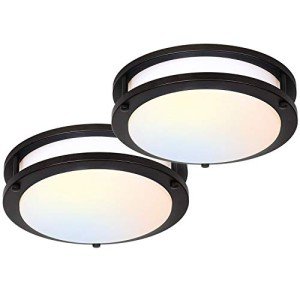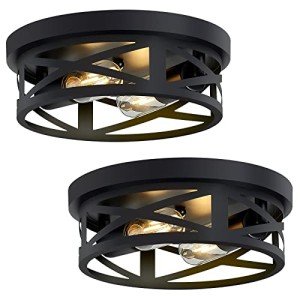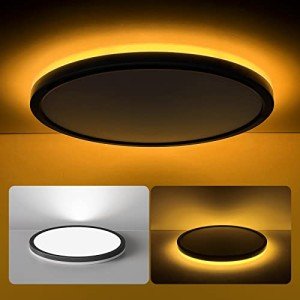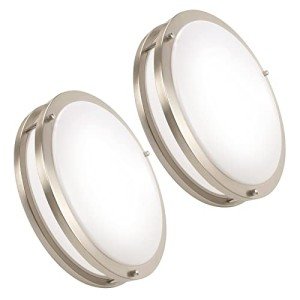How to Use Lighting to Create Style in Your Home
Lighting is one of the most powerful tools in interior design, capable of transforming a space from mundane to mesmerizing. Beyond its functional purpose, lighting shapes ambiance, highlights architectural features, and reflects personal style. Whether you’re aiming for a cozy retreat, a sleek modern aesthetic, or a dramatic statement, mastering the art of lighting can elevate your home’s character. Here’s a guide to using lighting effectively to craft a distinct style in your living space.
Understand the Three Layers of Lighting
To create a cohesive style, start with the foundational concept of layered lighting: ambient, task, and accent. Ambient lighting provides the general illumination for a room—think ceiling fixtures, recessed lights, or chandeliers. Task lighting focuses on specific activities, like reading or cooking, and includes desk lamps or under-cabinet kitchen lights. Accent lighting adds drama and draws attention to focal points, such as artwork or a textured wall, using spotlights or wall sconces.
The key to style lies in how you balance these layers. For a minimalist vibe, prioritize clean, recessed ambient lighting with subtle task fixtures and minimal accents. For a bohemian feel, mix warm ambient light from a statement chandelier with eclectic task lamps and bold accent pieces. Each layer offers a chance to express your aesthetic, so consider how they interplay.
Choose Fixtures That Match Your Vision
Lighting fixtures are the jewelry of your home—functional yet decorative. The style of your fixtures sets the tone. A mid-century modern space might feature a Sputnik chandelier with exposed bulbs, while a rustic home could lean toward wrought iron or wooden pendants. For industrial chic, opt for metal cage lights or Edison bulbs; for glamour, crystal chandeliers or metallic shades add sparkle.
Scale matters too. A tiny pendant in a grand dining room feels underwhelming, while an oversized fixture in a small space can overwhelm. Measure your room and aim for a fixture that complements its proportions—designers often suggest a chandelier’s diameter in inches should equal the room’s length plus width in feet. Placement is equally critical: hang pendants 30-36 inches above a table or ensure wall sconces sit at eye level for optimal impact.
Play with Light Temperature and Color
Light isn’t just about brightness; its temperature shapes mood. Measured in Kelvin (K), warm light (2700K-3000K) mimics incandescent bulbs, casting a cozy, inviting glow perfect for living rooms or bedrooms. Cooler light (3500K-4500K) feels crisp and energizing, ideal for kitchens or offices. Daylight tones (5000K+) suit task-heavy or modern spaces but can feel stark in relaxation zones.
Experiment with bulbs to refine your style. Vintage-style Edison bulbs with visible filaments enhance a retro or industrial look, while dimmable LEDs offer versatility for contemporary designs. Colored bulbs or smart lights—like Philips Hue—let you shift hues to match moods or seasons, adding a playful or avant-garde edge.
Highlight Architectural Features
Lighting can sculpt your home’s personality by emphasizing its bones. Got a vaulted ceiling? Uplights or recessed cans draw the eye upward, amplifying grandeur. A cozy nook with exposed brick? Wall washers or track lighting create texture and warmth. Use accent lights to frame a fireplace or spotlight a gallery wall—strategic beams turn ordinary elements into showstoppers.
Consider shadows too. Harsh, direct light flattens a room, while softer, diffused sources (like frosted glass shades or lampshades) cast gentle gradients, adding depth. For drama, angle lights to create intentional shadows, a trick favored in moody, gothic-inspired interiors.
Embrace Dimmers for Flexibility
Dimmers are the unsung heroes of stylish lighting. They let you adjust intensity to suit the occasion—bright for a dinner party, soft for a movie night. This adaptability ensures your lighting evolves with your lifestyle, enhancing any style. Pair dimmers with statement fixtures in high-traffic areas like dining rooms or hallways for maximum effect. Installation is straightforward, and modern options even integrate with smart home systems for voice or app control.
Mix Natural and Artificial Light
Don’t overlook daylight—it’s free and dynamic. Position mirrors opposite windows to bounce natural light deeper into a room, amplifying airy, Scandinavian-inspired styles. Sheer curtains soften harsh rays for a romantic touch, while blackout shades suit sleek, modern spaces craving control. At night, layer artificial lights to mimic daylight’s warmth or contrast it for a bold shift—think cool-toned LEDs against a sunset’s golden fade.
Personalize with Statement Pieces
Finally, let lighting be your signature. A quirky floor lamp with a sculptural base, a neon sign with a favorite quote, or a handmade ceramic pendant can inject personality. Thrift stores, artisan markets, or DIY projects offer unique finds that mass-produced pieces can’t replicate. Place these standouts where they’ll shine—literally—like above a kitchen island or beside a reading chair.
Conclusion
Lighting is more than illumination; it’s a design language. By layering ambient, task, and accent lights, choosing fixtures that resonate with your style, and playing with temperature, placement, and control, you can craft a home that feels distinctly yours. Start small—swap a bulb, add a dimmer, or reposition a lamp—and watch your space transform. With thoughtful lighting, every corner becomes a canvas for creativity.




